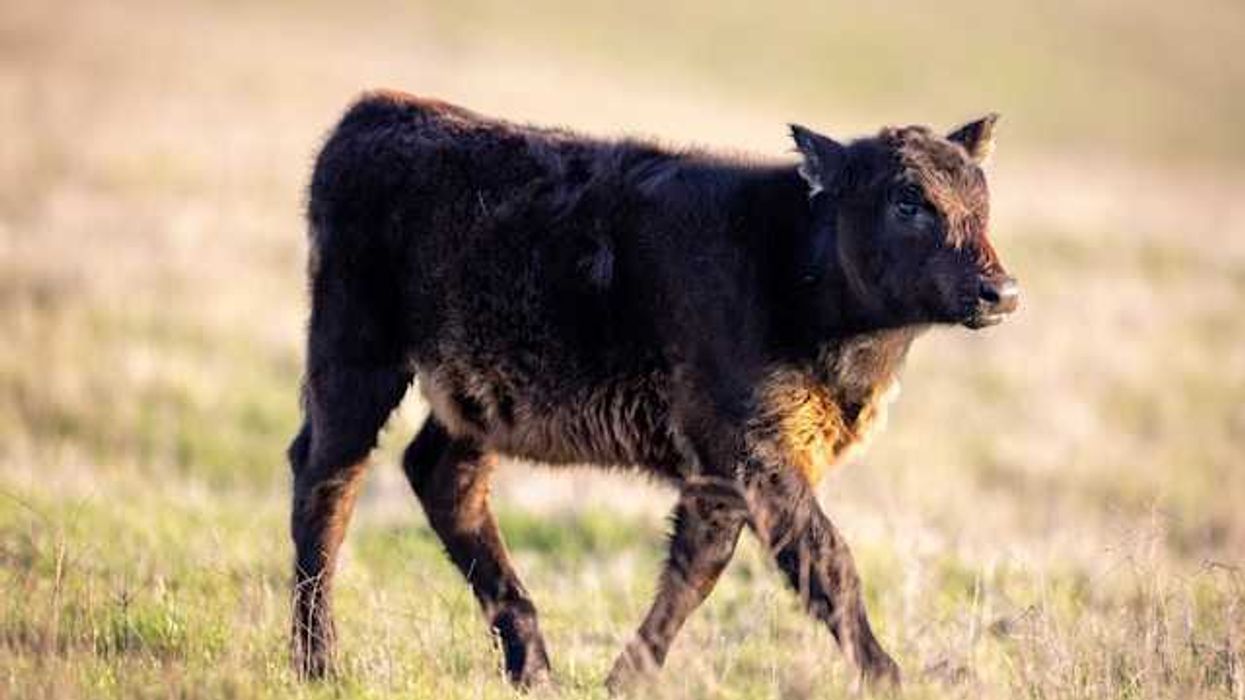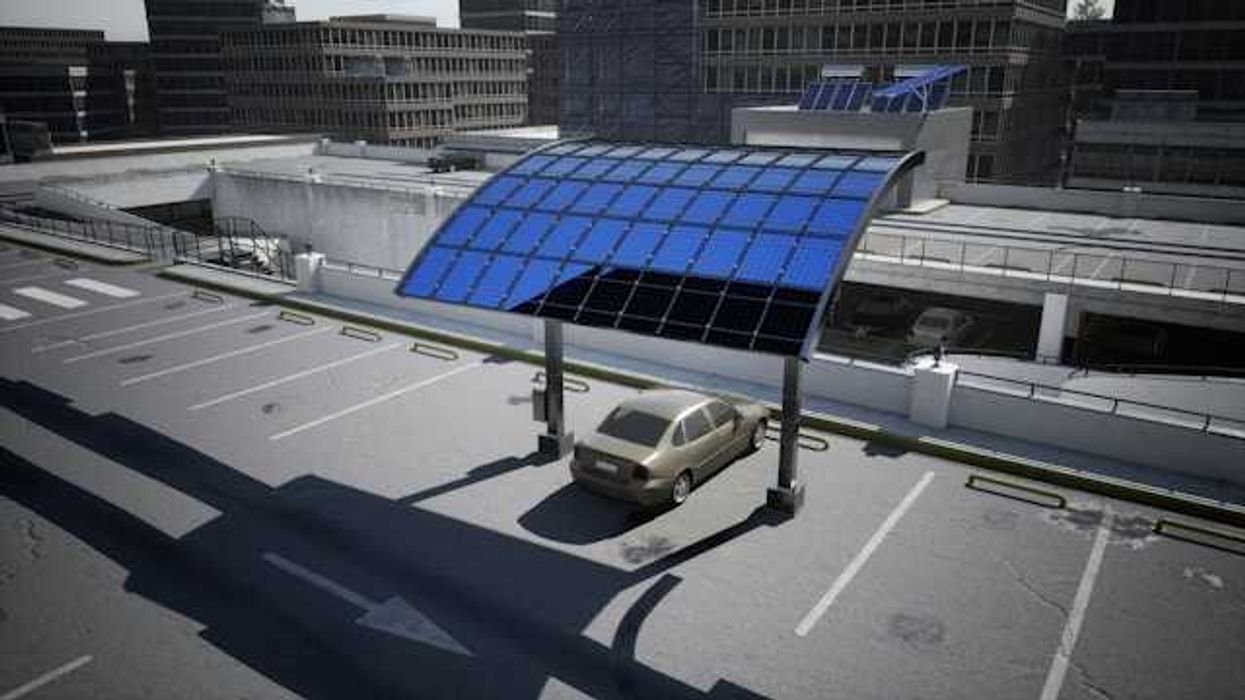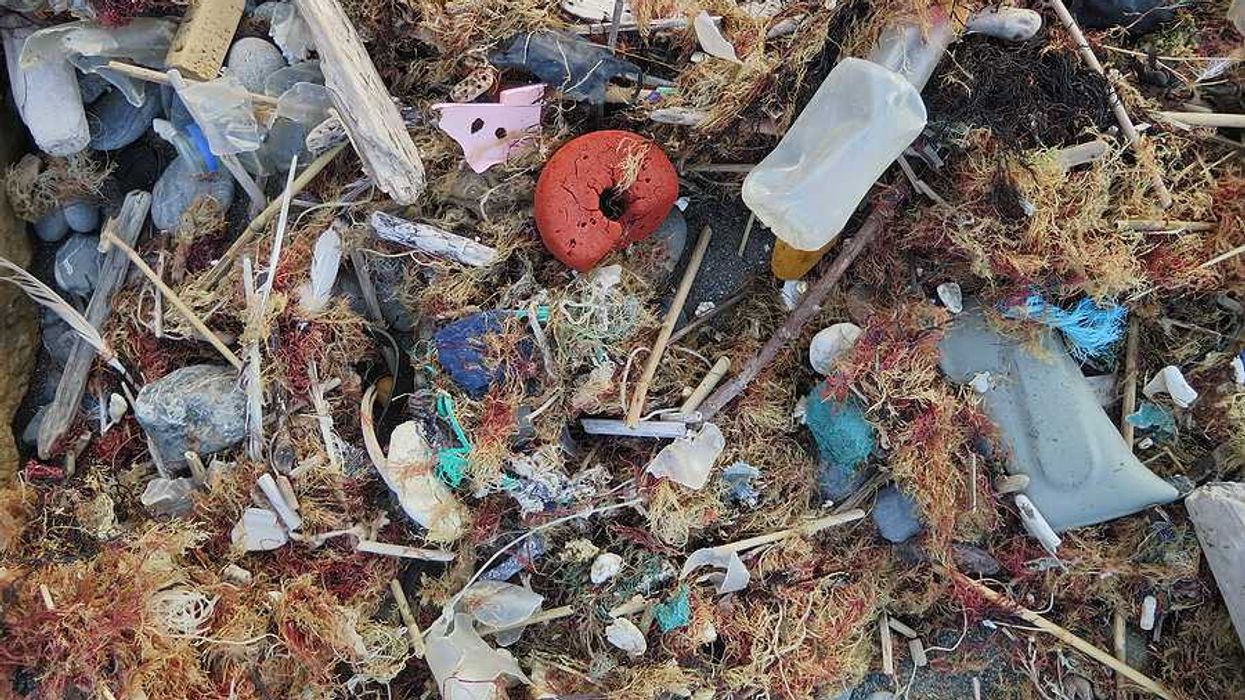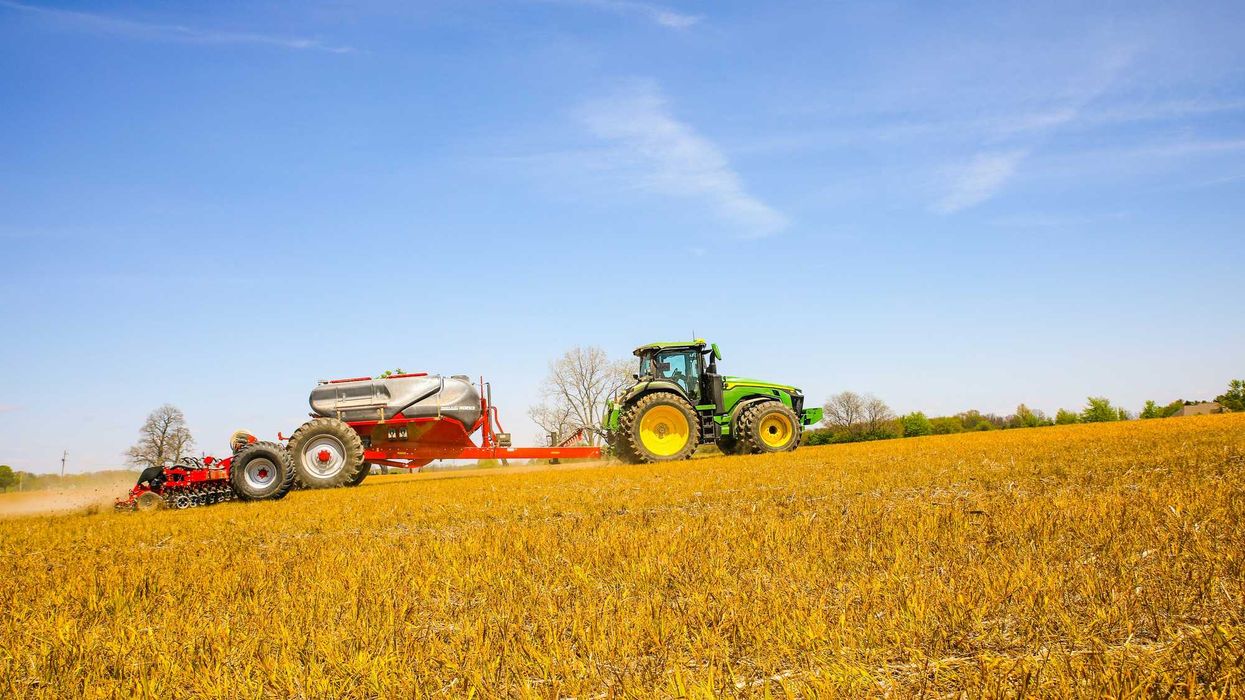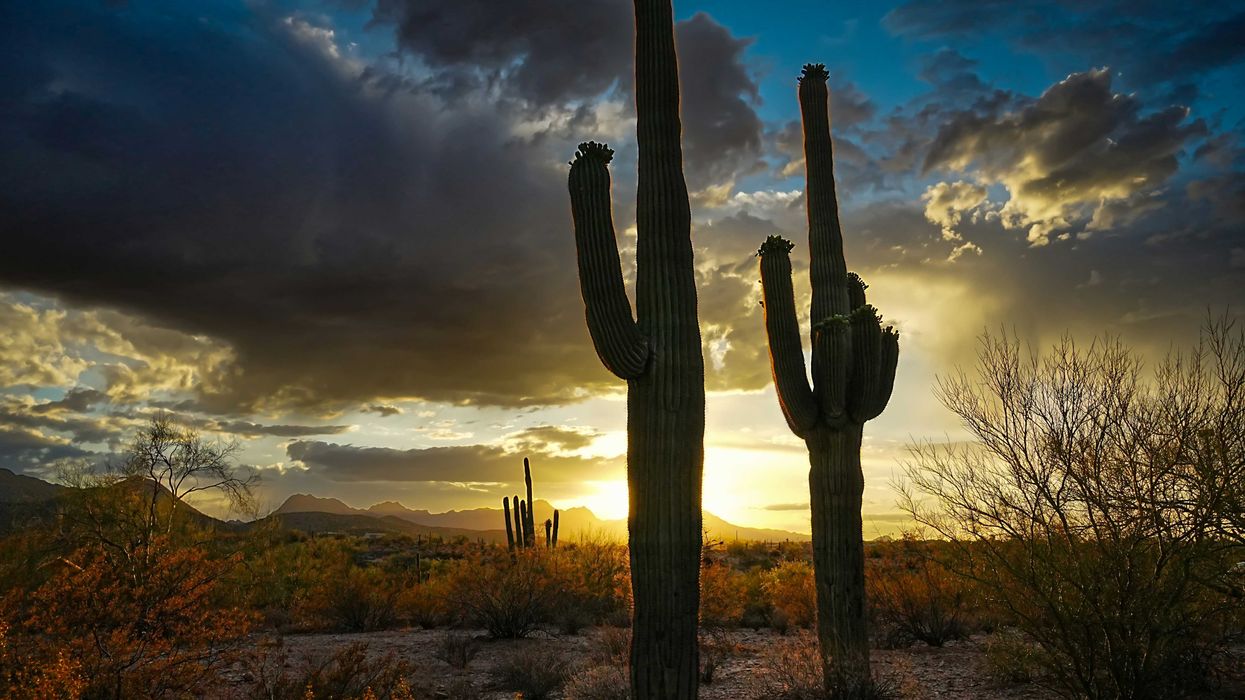A loophole in clean-air regulations allowed a coal plant to collect emissions allowances for five years after it shut down and then sell those credits to other plants, including the largest emitter of smog-causing gases, nitrogen oxides, in the U.S. power sector, Reuters reports.
In a nutshell:
This practice has raised concerns about the effectiveness of cap-and-trade programs in reducing air pollution. The Environmental Protection Agency recently reduced the number of years that retired facilities can collect allowances from five to two, but a large volume of credits from closed plants is still in circulation, leading to a glut in the market and potentially encouraging pollution for years to come.
Key quote:
“I was unaware of the practice and am somewhat horrified,” Elena Krieger, PSE Healthy Energy, a California-based policy institute.
Big picture:
Around the world, countries are grappling with how to phase out coal, a major contributor to climate change, while avoiding high electricity prices. Cap-and-trade emissions trading schemes have proved popular, but research shows that there can be unintended consequences for communities near facilities that use the allowances to continue polluting. Nitrogen oxides (NOx) are linked to higher rates of respiratory and cardiovascular disease, cancer and premature death.
Read the full story from Reuters here.
- Yes, electric cars are cleaner, even when the power comes from coal ›
- When coal plants decrease pollution or shut down, people have fewer asthma attacks ›
- Could carbon capturing make ‘clean coal’ a reality? ›

